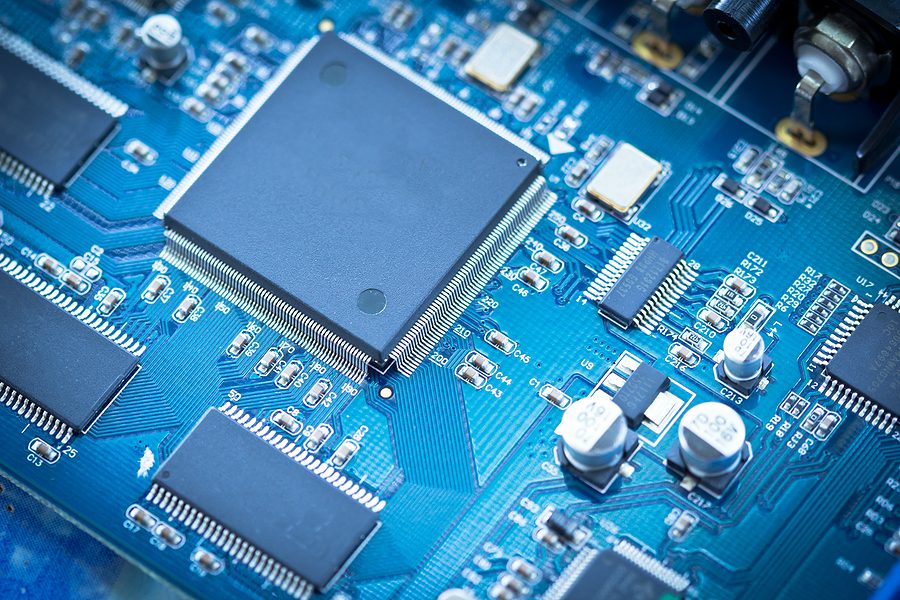How Will a DFM Analysis Impact Your Electronic Device?
Warning: Attempt to read property "ID" on null in /srv/users/serverpilot/apps/lev-2023-wp/public/wp-content/themes/lev-2025/inc/cta_shortcode.php on line 15
Warning: Attempt to read property "post_content" on null in /srv/users/serverpilot/apps/lev-2023-wp/public/wp-content/themes/lev-2025/inc/cta_shortcode.php on line 16
Warning: Attempt to read property "ID" on null in /srv/users/serverpilot/apps/lev-2023-wp/public/wp-content/themes/lev-2025/inc/cta_shortcode.php on line 15
Warning: Attempt to read property "post_content" on null in /srv/users/serverpilot/apps/lev-2023-wp/public/wp-content/themes/lev-2025/inc/cta_shortcode.php on line 16
One of the most important steps to take when bringing your electronic device into the manufacturing process is to get a DFM analysis. DFM (Design for Manufacturability) is the process of proactively designing products and devices that will optimize all facets of the manufacturing process. During the product development cycle, DFM will work with the current design of your product and determine how that design will work through the manufacturing process, and work to merge your design with the optimal design that will streamline manufacturing.

Streamlining Design and Manufacturing Integration
The design and manufacturing teams will need to work together to produce the highest quality products. Ensuring seamless integration between design and manufacturing processes can be achieved with a DFM analysis. By identifying potential manufacturing constraints and challenges early on, design iterations and costly revisions can be mitigated during production. A DFM analysis improves communication between the design and manufacturing teams, and this collaboration will only increase the success of your final product.
Enhancing Cost-Effectiveness
Bringing a new product to market can be costly. A DFM analysis can help enhance cost-effectiveness by optimizing material usage and reducing waste. Rather than manufacturing several prototypes, which can add up quickly, a DFM analysis will help by determining the optimal design early, reducing the number of prototypes that may be necessary and eliminating waste. In addition to reducing waste and optimizing materials, a DFM analysis can identify cost-effective component alternatives without compromising quality. When components are in short supply, prices are high, but a DFM analysis can look at the components that are readily available and will lower overall costs.
Improving Product Quality and Reliability
The most important reason for a DFM analysis is product quality. When you are bringing a new device to market, having a reliable and effective product should be the top priority. Identifying potential design flaws and weak points, as well as mitigating risks of defects and failures, can all be done after a DFM analysis. After the analysis, the product performance will be enhanced, the lifespan longer, and the overall quality improved through the design improvements suggested by DFM recommendations.
Accelerating Time-to-Market
Time-to-market is important to any new product design. The more efficiently your product can move through the process from design through manufacturing, the faster your product will get to market. Through an efficient DFM analysis, development cycles can be reduced, you will experience a faster transition from design to the manufacturing phase, and you will ultimately gain a competitive edge over other devices through quicker product launches. The DFM analysis can address any potential concerns early in the process, allowing for a more efficient overall time-to-market.
Ensuring Regulatory Compliance
Regulatory requirements and ensuring compliance cannot be overlooked. If the device does not address regulatory requirements during the design phase, it should obviously not go through to the manufacturing stage. A DFM analysis will help by facilitating smoother approval processes and certifications, as well as avoiding delays and non-compliance issues during production. Any potential regulatory snags can be addressed very early in the process.
Minimizing Production Costs
Cost of manufacturing cannot be overlooked. Developing a new device can be an expensive investment, and anything that can be done to reduce those costs without sacrificing effectiveness or quality is important. A DFM analysis can help by reducing manufacturing complexities and overhead expenses, simplifying assembly and testing procedures, and reducing the overall cost of manufacturing, allowing you to price the final product competitively for the current market. Designing for readily available components is one of the best ways to save money during the manufacturing process. When components are in short supply, the cost of obtaining those materials goes up, requiring you to pass on those costs to consumers. Readily available components are often competitively priced from the beginning and can be obtained for a significantly lower cost, allowing you to pass those savings on. In addition, a DFM analysis can identify any potential issues with manufacturing before the device goes through the manufacturing process. If a problem is detected after manufacturing, the cost of troubleshooting, redesigning, remanufacturing, and testing will increase.
Enabling Scalability and Mass Production Readiness
During the design phase of the project, it is easy to overlook scalability and volume production. Many designers are focused only on the initial design without considering how that design will work when manufactured at a high volume. If you are bringing a new product to market, you are likely hoping for increased demand and market growth as your product gains popularity, and a DFM analysis can look ahead to what will be necessary during a large-scale manufacturing run. For example, certain components may be available for a small scale initial run, but obtaining the quantity needed for a larger run could be difficult, resulting in long delays or even a redesign to meet current component availability. With a DFM analysis, these concerns for mass production can be anticipated and met early in the process, allowing for a smooth transition from the initial prototype to a full scale mass production.
When you are trying to get a product to market and feel confident in your design, you may be tempted to skip the DFM analysis stage and go right into prototype production. However, a DFM analysis will often save you time, money, and headaches when bringing your product from design through to delivery. Levison Enterprises is a turnkey ECM capable of helping you build a better product. Contact us for a quote today.
